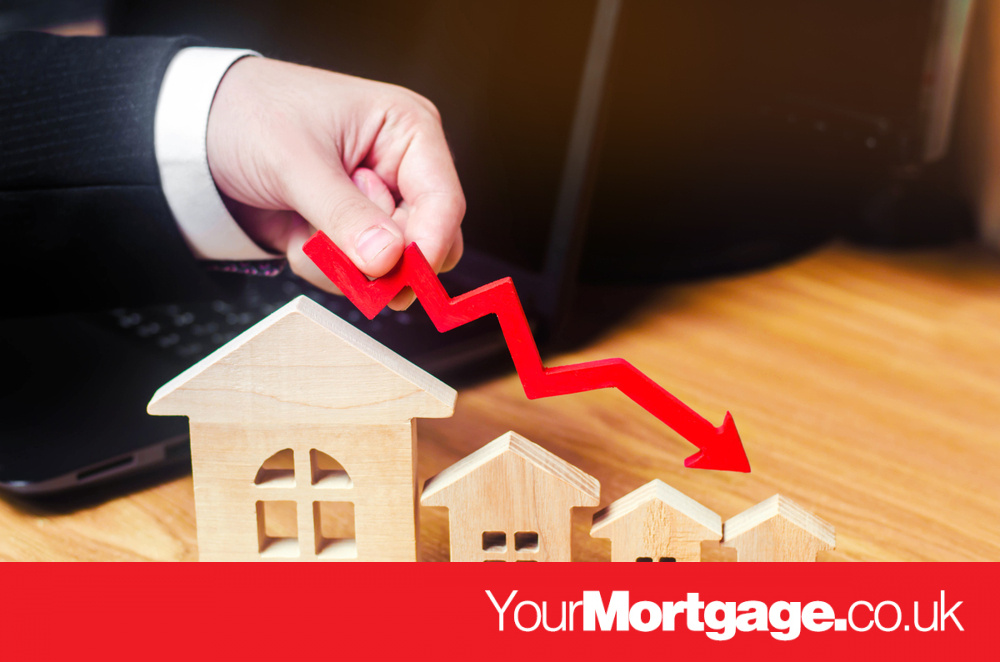Editor's Pick
Official: UK property prices fell in July

The fall in house prices followed a record month in June, when buyers scrambled to beat the Stamp Duty holiday deadline
The average UK house price fell by 3.7 per cent during July, according to the Office for National Statistics.
This dragged down annual house price inflation from 13.1 per cent in June to eight per cent in July. However the average UK house price in July 2021 was still £19,000 higher than in July 2020, at £256,000.
The lowest annual growth was in London, where prices increased by 2.2% in the year to July 2021.
House price growth was strongest in the North East where prices increased by 10.8% in the year to July 2021.
At the country level, the largest annual house price growth in the year to July 2021 was recorded in Scotland, where house prices increased by 14.6%. Wales saw house prices increase by 11.6% in the year to July 2021, while England saw a rise of 7.0%. In Northern Ireland house prices increased by 9.0% over the year to Quarter 2 of 2021.
Nick Leeming, Chairman at Jackson-Stops said: “July saw the market begin to settle further as buyers and homeowners reacted to the winding up of the Stamp Duty holiday, and took the opportunity to rest, socialise and take stock over the summer months after a challenging year.
“However, while we may see a brief slowdown, this won’t last for long. As we move into autumn and winter, I would expect to see demand and supply both hit upwards trends again, as more and more people reach a place of clarity on their split between home and the office, and what type of property and location might therefore suit their longer-term needs. This dynamic is likely to therefore support robust pricing and further house price growth in particularly desirable countryside and suburban areas for some time to come.”
Paul Stockwell, chief commercial officer at Gatehouse Bank, added: “House price growth may have stalled in July but that was inevitable after the surge created by the stamp duty deadline. Indications that price growth is unlikely to slow significantly from here are already coming from large parts of the UK.
“We need only to look to Scotland where prices are still rising despite the equivalent tax break ending in March for signs the rally isn’t necessarily over yet.
“While price growth may be less consistent over the remainder of this year, buyers’ desire for more space continues unabated and the improving availability of mortgages requiring smaller deposits is drawing first-time buyers back to the market, supplying that all-important new blood at lower valuations.
“Continued high demand coupled with low supply is expected to keep prices steady, if not growing further, for months yet.”